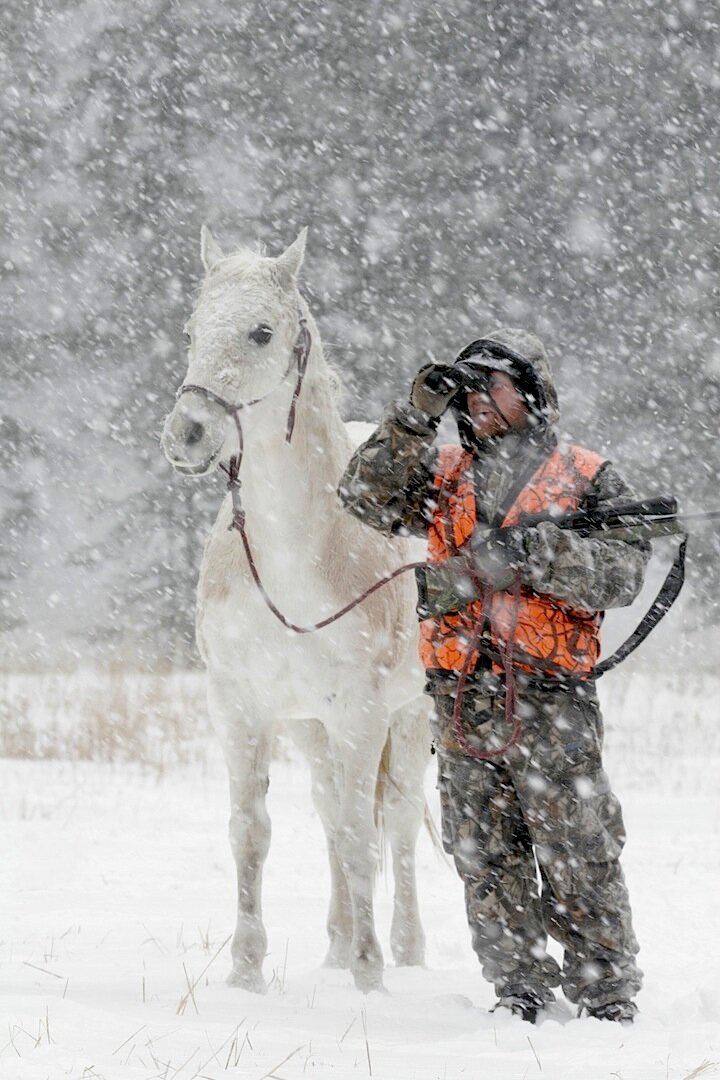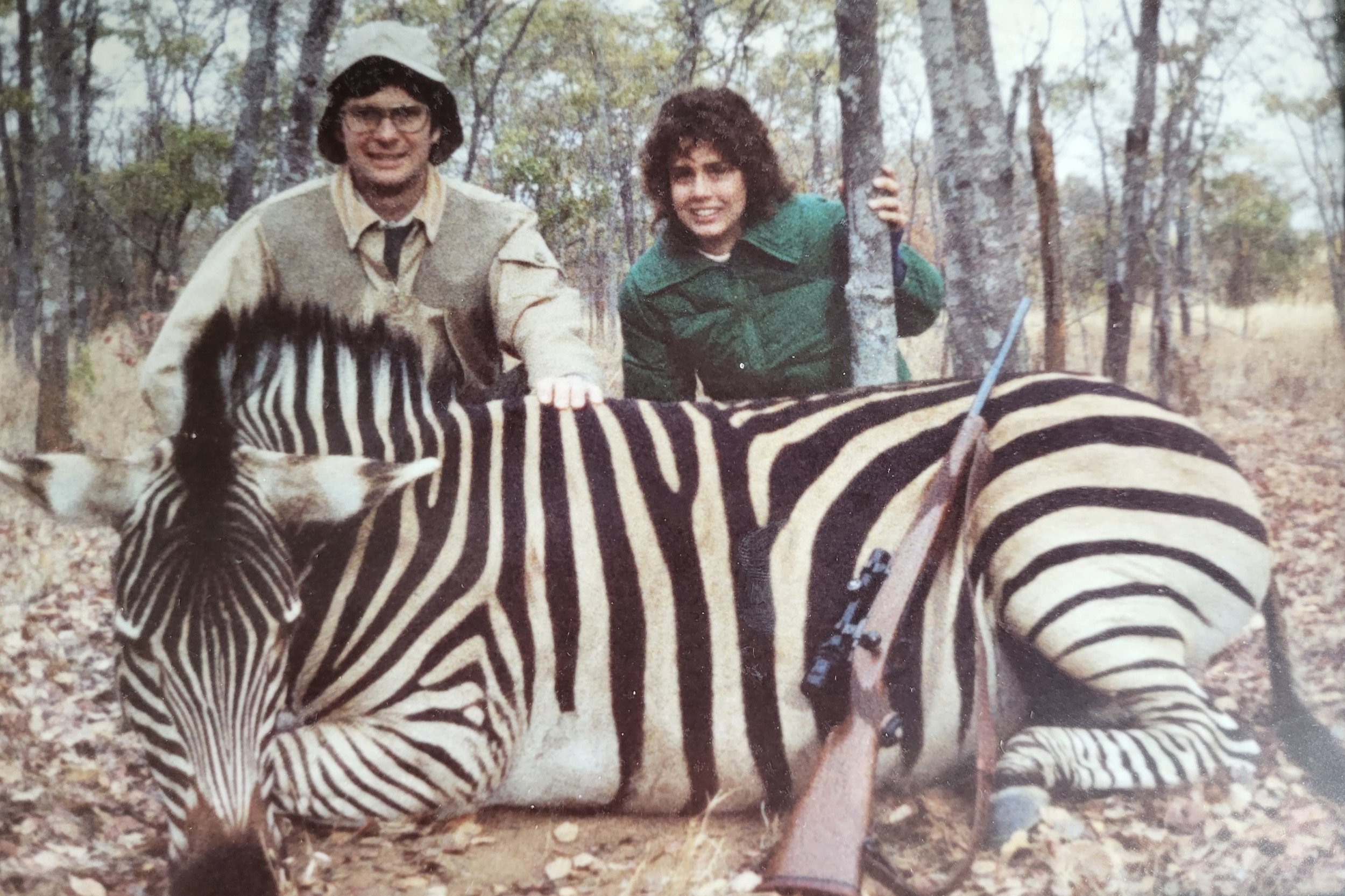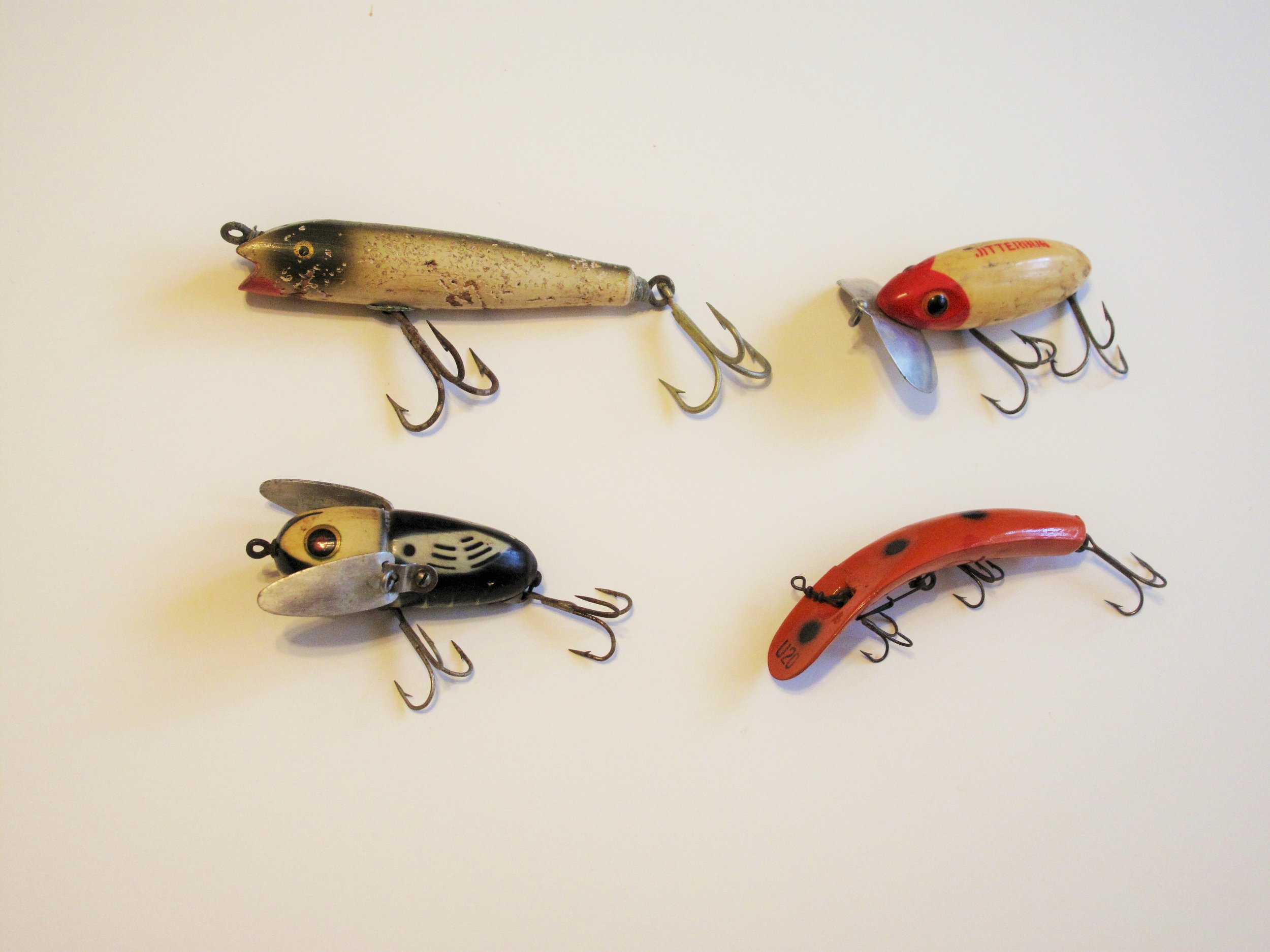Ending Govt. Abuse of Photographers on Public Lands
by Ron Spomer Did you know you could be arrested and fined for taking pictures or videos of mountains, rivers, wildlife and even your friends on some public lands? If those photos appear in any form associated with any type of commerce (postcards, DVDs, monetized YouTube videos, a fund-raising slide show at church, etc.,) a government bureaucrat could choose to have you prosecuted for violating an obscure and onerous rule.The Forest Service Handbook 2709.11, 45.51 includes this: A special use permit is required for all still photography activities on National Forest System lands that involves [sic] the use of models, sets, or props that are not part of the natural or cultural resources or administrative site where the activity is taking place.A writer whose article and photos on deer hunting on public land in a national forest received the following letter (shortened for brevity):It was observed in the (date) issue of (magazine title) in the article (article title) a photo of (hunters and mules) in the (name of National Forest.) The article was written by you and photos credited to you......the (hunters and mules) are considered models since they are not a part of the natural or cultural resource. The photos are considered commercial when they are used to sell a magazine... Failure to obtain a special use permit for commercial photography violates section 261.10(n) of the Code of Federal Regulations, "Failing to pay any special use fee or other charges as required." This violation carries a maximum fine of $5,000 and up to six months imprisonment.This letter is for information and education purposes only, but further violations may result in a violation notice.That threatening letter was signed by a District Forest Ranger. What the letter failed to note was that the writer HAD applied for that commercial photography permit in the hopes of filming the adventure for a TV show. He'd answered pages and pages of questions such as how many catering trucks would be involved, how many helicopters, how many photographers, actors, extras, etc. The application was obviously written to address major Hollywood productions. Since the writer would merely be hunting with one videographer along to record the activities with one handheld camera, the pair of them would have minimum impact on the environment, certainly no more impact then the dozens of other hunters, anglers, hikers and horse riders free to use those lands. Since the video was aimed at showcasing the successful protection and management of wildlife and hunting on National Forest public lands, the writer figured the $200 permit was sure to be granted.It wasn't.The Forest Service representative who arbitrarily rejected the application noted that the applicant didn't "need" to film a deer hunt on National Forest Lands because the same species could be hunted on private lands elsewhere. This Forest Service official never explained how hunting on private lands could showcase the success of wildlife management on National Forest lands. He did suggest the applicant "just take still pictures and write a story" for some publication if he insisted on covering a hunt on National Forest Service lands.When the writer did just that, another member of the U.S. Forest Service threatened him with the above letter.One is left scratching his head over this on several levels: 1. Why are government bureaucrats wasting time perusing publications for photos that might have been taken on public lands? Are our vast public forests and parks being compromised when images of them appear in publications?2. How is a hunter or hiker, already using public lands for a legitimate activity, endangering those resources by taking still or video images of that activity?3. Why wouldn't a $200 permit be issued to an applicant like this when applications have clearly been granted for major Hollywood productions made in part on public lands?4. Doesn't the Federal Government (various land management agencies) benefit from permit payments? Why would they reject a permit that lets them collect $200 for activity (hunting) that is going to occur anyway?5. Why would they reject free, positive public relations glorifying public resources that protect wildlife, provide meat and recreation and bring tourism dollars into the local economy?6. What's the rational behind denying a photo permit that does not prevent the applicant or any other photographer from hiking, hunting, fishing and camping upon public land and "impacting" the resource? How does selling magazine photos, DVD videos or postcards adversely impact the land?7. If receiving monetary remuneration for publication of images taken on public land is the concern, why don't they fine news organizations for showing images of National Forest fire fighting operations? Surely helicopters and firefighters are not part of "the natural or cultural resource." And the news organization makes money by selling ads on its news shows...8. While I've heard about several hunting writers and videographers being similarly denied permits and harassed, I've not heard similar complaints from backpackers, kayakers or even anglers, yet I regularly see videos and magazine photo spreads depicting backpacking, river rafting and fishing on Forest Service lands. Could there be a bias against hunters and hunting? A bias practiced by public servants whose salaries are paid in part by hunters?9. With all the challenges facing public lands (fire control, road erosion, invasive species, endangered species, pine beetles, ash borers, over cutting, under cutting, etc.) why are they wasting time and personnel trolling magazines? And why are they threatening photographers engaging in economic activity that pays the taxes that fund Forest Service management?This is wrong on so many levels that it is no wonder Congress has introduced bills designed to straighten out the mess. You can help them.According to the Professional Outdoor Media Association, two bills promise relief, and hunters are urged to contact their congressmen and senators to support them. Here are excerpts from a POMA news release:On July 23, the bipartisan leadership of the Congressional Sportsmen’s Caucus (CSC) introduced the Public Lands Filming Act (H.R. 2798) and H.R. 2799, the Sportsmen’s Heritage and Recreational Enhancement (SHARE) Act, two important pro-sportsmen’s bills for the 113th Congress."Thanks to the CSC, the Public Lands Filming Act in the House has bipartisan support," said Laurie Lee Dovey, CEO of the Professional Outdoor Media Association (POMA). "It's critical legislation for journalists and the American public."POMA has worked hard on this issue for several years, by testifying before the House and Senate and helping to craft a reasonable solution. The relief provided in H.R. 2798 will save jobs, provide freelance journalists and small film crews fair access public lands, and ensure all Americans have access to complete coverage of important public-lands issues and outdoor recreation activities."The current rules for filming and photographing on federal lands and waterways place a severe burden on individual journalists/small film crews wishing to participate in these activities on federal lands. This legislation will address the inequities, enforcement and process confusion that result from the current regulations.By assessing an annual fee of $200 for commercial filming activities for any film crew of five persons or fewer on federal lands and waterways administered by the Secretary of Interior and Secretary of Agriculture, federal public lands will be financially accessible for outdoor programming.# # #














